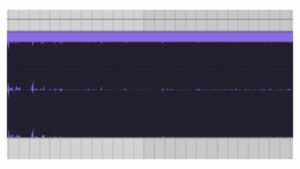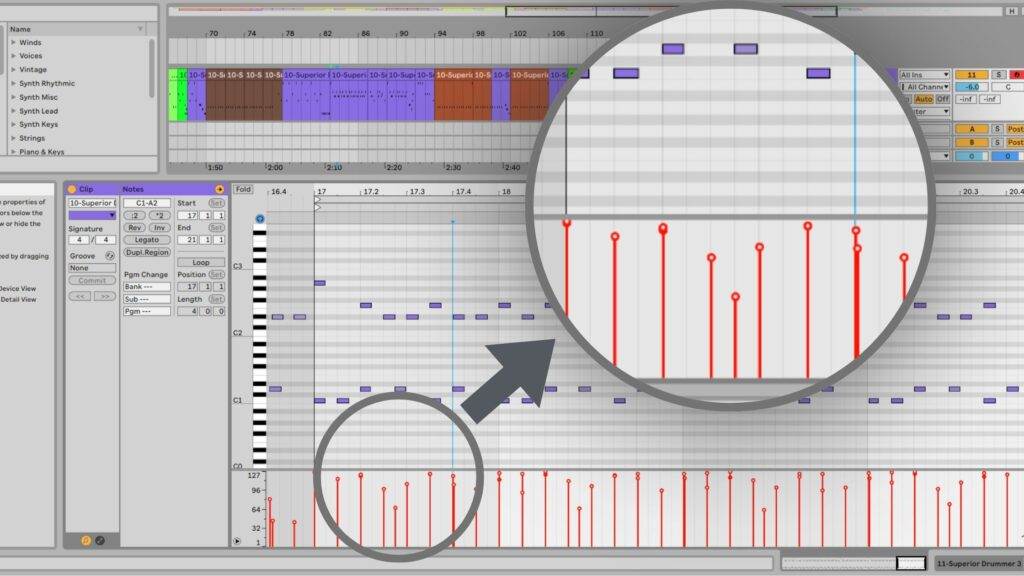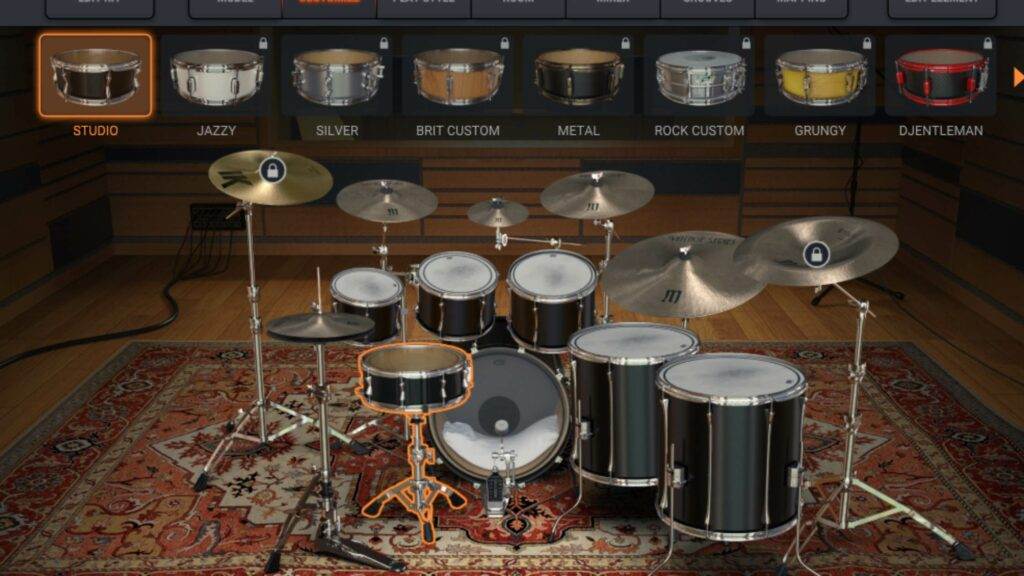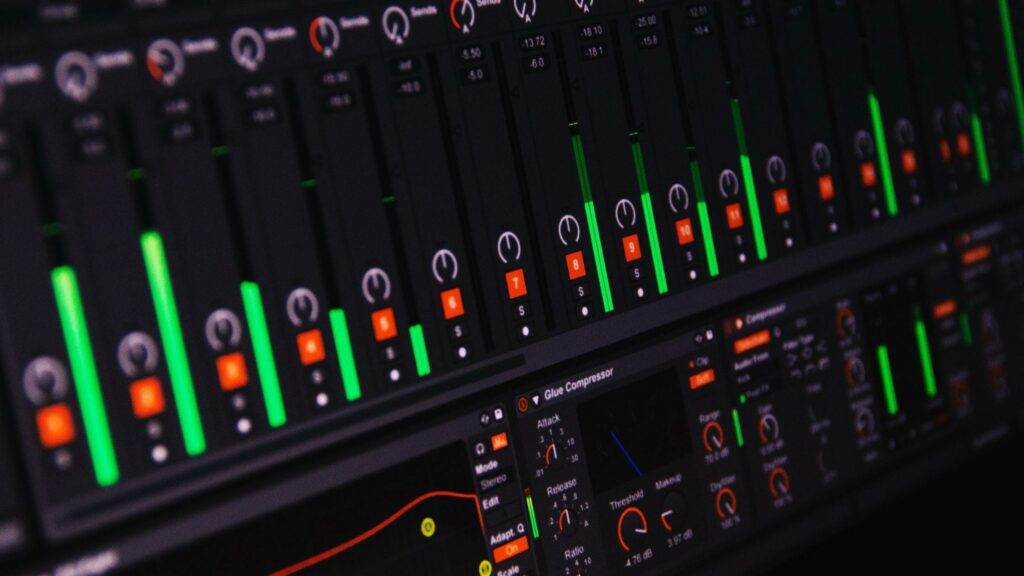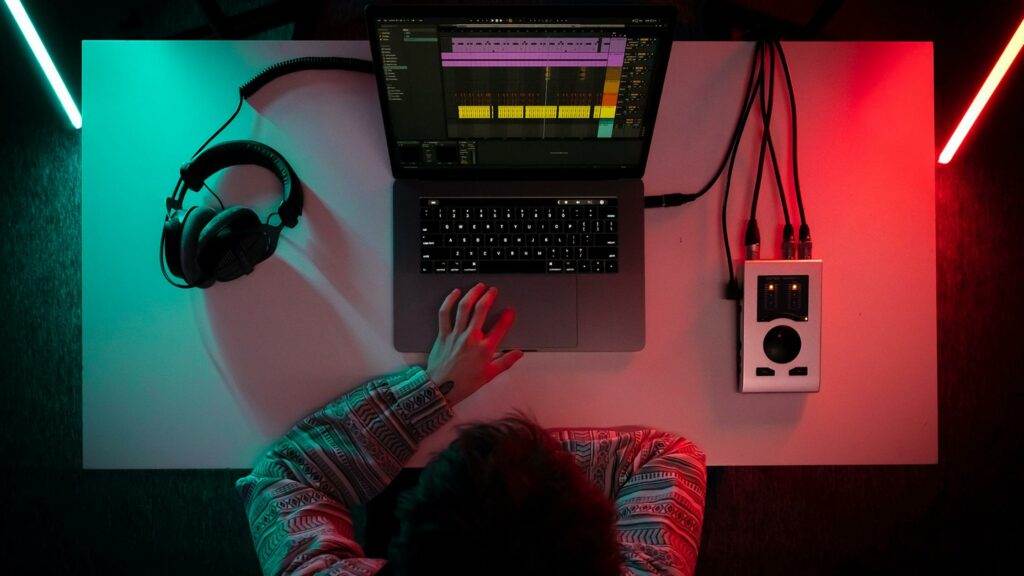Ever wondered what elevates a good song to a great chartbuster?
The secret lies in the process of mixing and mastering. Behind every hit track is an intricate process handled by skilled audio engineers.
Although most experienced musicians may understand the ins and outs of this process, new musicians and audio engineers may have questions about what mixing and mastering is and why it is important in music.
If you are also searching for answers to such questions, then this blog is just for you. Here, we’ll break down the essentials of music mixing and mastering, offering a clear insight into this world.
So, if you want to understand the mechanics behind your favourite tracks, read on.
What is Mixing and Mastering?
Mixing and mastering are two distinct stages which are assumed as one by many beginner musicians. In mixing, once the song is recorded, its vocals are mixed with all the other instruments including the drums, guitars, bass and keys to make everything sound cohesive and like a song. In mastering, the finishing touches like loudness are given to prepare it for the market.
Let’s understand this with a metaphor. Suppose there is one painter. For him his canvas sketch will be his mixing. And his final touch ups like framing and making it ready to ship to its final destination – is mastering.

What is Mixing?
Mixing or sound mixing is the fundamental stage of blending all the individual tracks to create a song. An accomplished mixing engineer plays a pivotal role here, leveraging their expertise to make each song element sound good together.
What Are Some Basic Audio Mixing Techniques?
Some of the Mixing techniques are as below:
- Balance and Volume: It’s about ensuring that no individual track overshadows another. Every instrument and vocal should find its rightful place in the mix.
- Panning: This is the art of deciding where each element sits in the stereo spectrum from left to right, creating an immersive and rich soundscape.
- Equalization: EQ is about enhancing the overall tonal balance and ensuring each track can shine without being masked by others.
- Dynamics: The dynamic range of a track defines its softest and loudest points. Compressors, limiters and clippers ensure this range is consistent, making the music pleasing to the ear.
- Effects: Various tools like reverb, delay and chorus take the song to the next level, making it engaging to the listener.
What Are Some Advanced Mixing Techniques?
Some of the advanced audio Mixing techniques are:
- Side-chain Compression: This technique allows one audio signal to react to the volume of another signal. Commonly used in dance music where the kick drum temporarily reduces the volume of bass or synths to provide a “pumping” effect.
- Mid/Side EQ: Instead of the traditional stereo equalization, M/S EQ splits the signal into the middle and sides. This allows for precise control, like brightening up the stereo image without affecting the centre vocals.
- Advanced Vocal Processing: Vocal thickening is achieved by duplicating the vocal track, detuning and panning the duplicates to give vocals a wider and richer sound.
- Handling Phase Issues in Multi-Mic Recordings: Phase issues can arise when recording with multiple microphones. Visual inspection of waveforms and specialized phase alignment plugins can correct this, ensuring the combined signals boost, not cancel each other.
What is the Final Outcome of Mixing?
The final goal or outcome of mixing is a stereo track that sounds balanced and cohesive, where each element is clearly heard and falls at its right place.

What is Mastering?
Mastering is the final touch applied to a mixed song to help it get the right loudness and ensuring it’s optimized for any playback environment.
What Are Some Basic Techniques of Mastering?
These are some of the basic mastering techniques:
- Enhancing the Overall Tone: Broad EQ adjustments help refine the track’s tonal balance.
- Consistent Dynamics: Much like in mixing consistency is crucial. A song should be balanced when played loudly or softly.
- Sequencing and Spacing: Especially important for albums, deciding the order of tracks and the silence between them is a delicate art.
- Formats and Quality Control: The mastered music needs to sound good, be it on a high-end system, earbuds, or any medium. Thus, exporting in various formats and quality checks are vital.
- Loudness Levelling: Ensuring the track meets industry-standard loudness levels for its intended medium.
What Are The Advanced Techniques Of Mastering?
Some of the advanced mastering techniques are:
- Stereo Widening: This technique enhances the stereo image of a track. Be careful—overdoing it can cause issues, especially when the track is played in mono.
- Multi-band Compression: Allows for selective compression of specific frequency ranges. This way, a loud kick drum doesn’t cause the entire mix to duck.
- Dithering: A process used when reducing the bit depth of a track (e.g., from 24-bit to 16-bit). It adds a small amount of noise to mask quantization errors, leading to a cleaner sound.
- Mastering for Platforms: Expertise in mastering the final record for different platforms. For Instance, digital platforms focus on loudness standards like LUFS, which streaming platforms like Spotify or Apple Music use. Similarly, Vinyl requires special considerations, especially for the low frequencies, to avoid needle jumps.
What is the Outcome of Mastering?
The final goal of Mastering is nothing less than a polished track that’s ready for distribution. This ensures it sounds optimal on all playback systems and formats.

Hearing the Difference Between a Mixed (not mastered) and Mastered Track
Check out the Mixed vs Mastered versions of the song “We Agree” by Burst and Bloom below to hear the difference! Raw stems provided by: The Mix Academy
Mixed
Mixed and Mastered
What are the recommended tools for Mixing and Mastering?
The primary tool for mixing and mastering is the Digital Audio Workstation (DAW). Your DAW comes with basic audio plugins that seamlessly perform EQ, compression, reverb, limiting and many other functions. In addition, engineers may also use specialized audio plugins for specific jobs that they buy outside the basic DAW package.
Some of the phenomenal DAW’s are:
- Logic
- Ableton Live
- Cubase
- FL Studio
- Reaper
- Pro Tools
Remember, all DAWs support third-party plugins, ensuring the user can find the right tool for any job.
Tips for Amateur Mixing and Mastering Engineers
- If you are mixing and mastering together, maintaining objectivity is critical. After spending a significant amount of time mixing a track, it can be beneficial to approach mastering with fresh ears. Taking breaks or revisiting the track afterward can help in this regard.
- Remember – practice makes a man perfect! And this holds absolutely true for a skill like Mixing and Mastering which take a ton of work and experience to get a good grip of.
- Peer or fellow musician feedback is invaluable. They can add a fresh perspective and help identify areas for improvement.
- Further, it is important to experiment with different techniques and tools when mixing and mastering. Still, there is no one right way to mixing and mastering, so just find what works best for you and your music.
Bottom line
Mixing and mastering is nothing less charismatic than alchemy. It can transform a raw recording into melodic gold. With the right tools, budding musicians can also refine their soundtracks to near perfection. Remember, the keys to mastering music mixing and mastering lies in two proven pillars: practice and expert feedback.
Frequently Asked Questions
Who does Mixing and Mastering?
Generally, in commercial setups, both Mixing and Mastering is done by separate engineers.
Once the mixing engineer mixes the different stems, the mixed track goes to the mastering engineer who adds the finishing touches and makes it ready for distribution.
Can one person do both Mixing and Mastering?
Yes, a single person can handle both mixing and mastering. You will be amazed that many independent musicians, hobbyists, and emerging producers take on both roles due to budget constraints, creative control, or simply as a way to learn and hone their skills in both areas.
Advances in digital audio workstations (DAWs) and plugins have made it quite accessible for individuals to mix and master tracks from their home studios or personal setups.
How does a mixed song's waveform look as compared to a mastered track?
The unmastered songs waveform looks extremely dynamic as compared to the mastered one which looks like a brick!
Mixed, Not Mastered
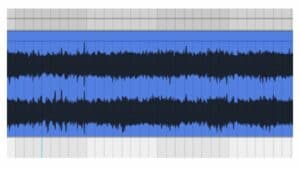
Mixed And Mastered
